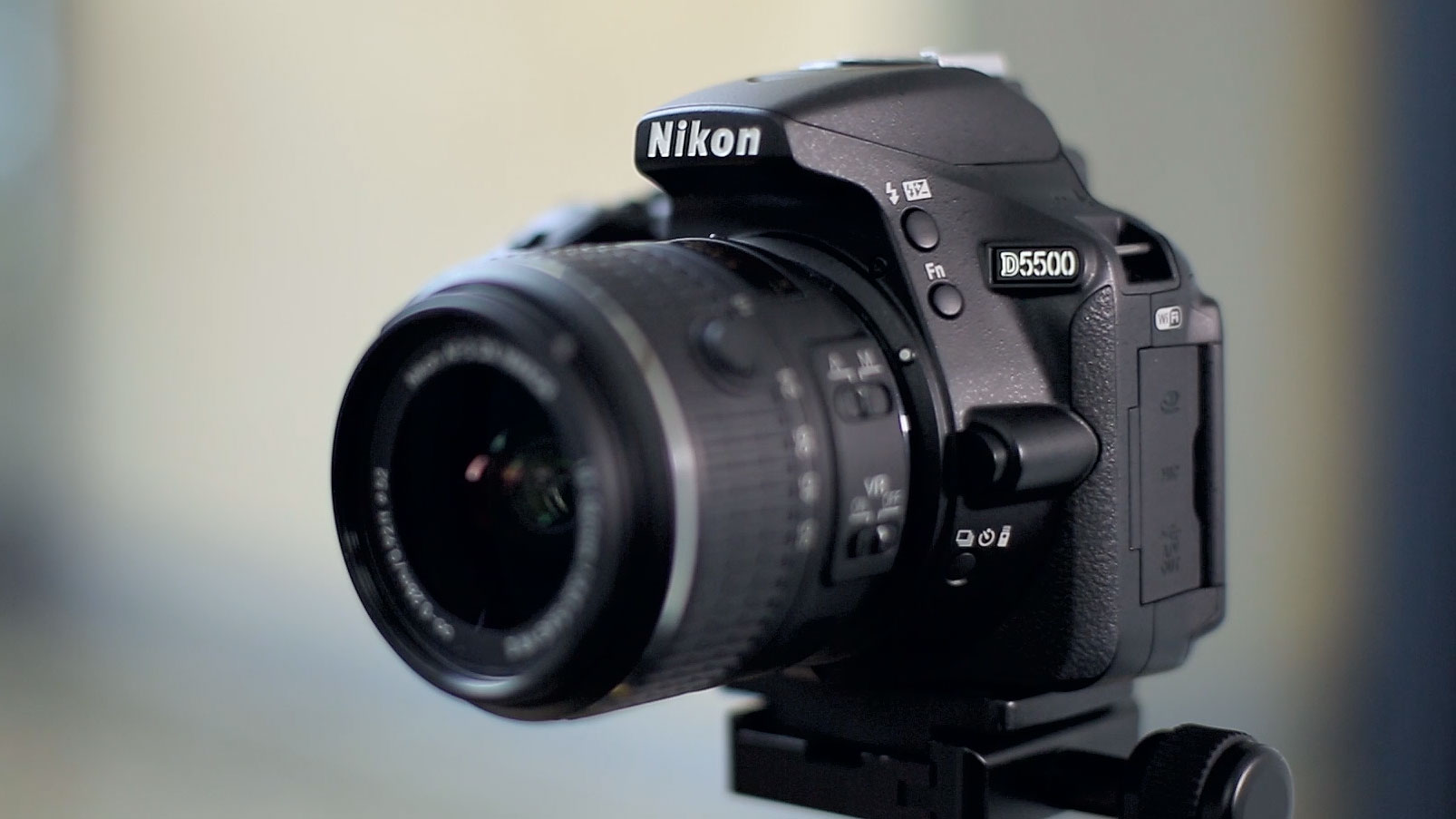Why you can trust TechRadar
We use a standardised resolution chart to test camera resolution (below) and DxO Analyzer hardware and software for measuring dynamic range and signal to noise ratio in laboratory conditions. Performance is checked both for JPEG images produced in-camera and raw files, which are converted into TIFF images for testing.
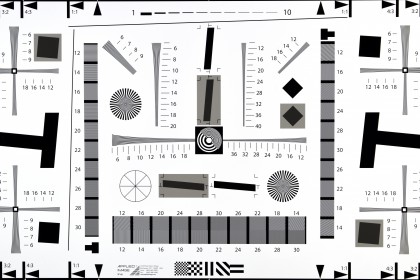
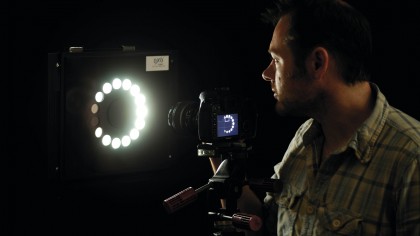
We also picked out for rivals to test against the Pentax Q-S1 – the Canon EOS 700D, Pentax K-S1 and Sony A58. You'll find the results of these comparisons below.
Resolution (JPEG and raw)
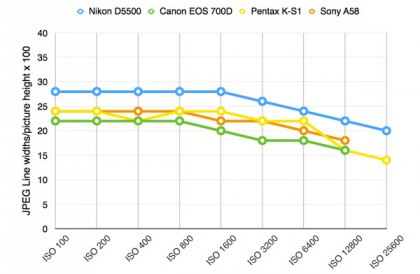
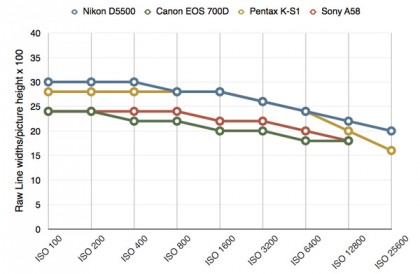
Analysis: It's unusual to see a camera so clearly ahead of its rivals, but the combination of the D5500's 24-megapixel sensor and low-pass filter removal produces JPEG images with very high levels of detail for an APS-C sensor. The differences are smaller with raw files, and the Pentax K-S1 (with 20 million pixels but also no low pass filter) more or less matches the D5500. The Canon 700D and Sony A58 lag slightly behind here too.
Dynamic range (JPEG and raw)
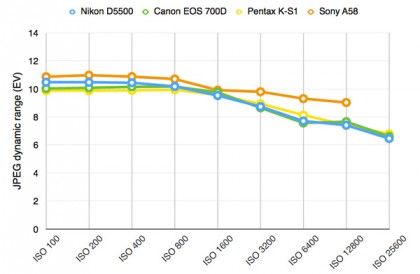
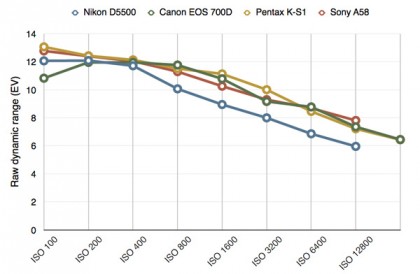
Analysis: There's very little to choose between these four cameras for dynamic range when shooting JPEGs – though the Sony A58 does edge ahead at ISO 3200 and above. For raw files, though, it's a different story. Here, at ISO 800 and above, the D5500 lags slightly behind its rivals. This may make a difference if you're a fan of handheld low light photography and you like to shoot raw.
Signal to noise ratio (JPEG and raw)
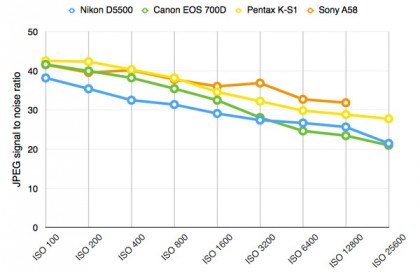
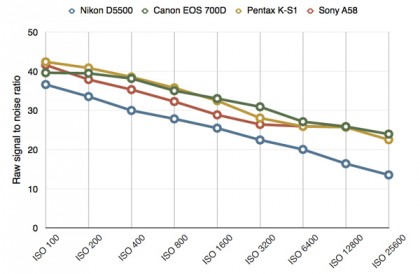
Analysis: The Nikon suffers again in the signal to noise ratio test. The higher the value, the greater the signal strength compared to baseline noise levels, so a lower value means noisier images. It's the bottom of the group for both JPEGs and, especially, raw results, though it's possible Nikon is sacrificing noise for maximum detail – a compromise many photographers would be happy with.
Overall: The D5500 delivers extremely good resolution, and while its dynamic range and signal to noise results are less impressive, they're not disastrous by any means. If outright resolution is the thing you're looking for the most, then the Nikon is the winner.
Amy has been writing about cameras, photography and associated tech since 2009. Amy was once part of the photography testing team for Future Publishing working across TechRadar, Digital Camera, PhotoPlus, N Photo and Photography Week. For her photography, she has won awards and has been exhibited. She often partakes in unusual projects - including one intense year where she used a different camera every single day. Amy is currently the Features Editor at Amateur Photographer magazine, and in her increasingly little spare time works across a number of high-profile publications including Wired, Stuff, Digital Camera World, Expert Reviews, and just a little off-tangent, PetsRadar.
